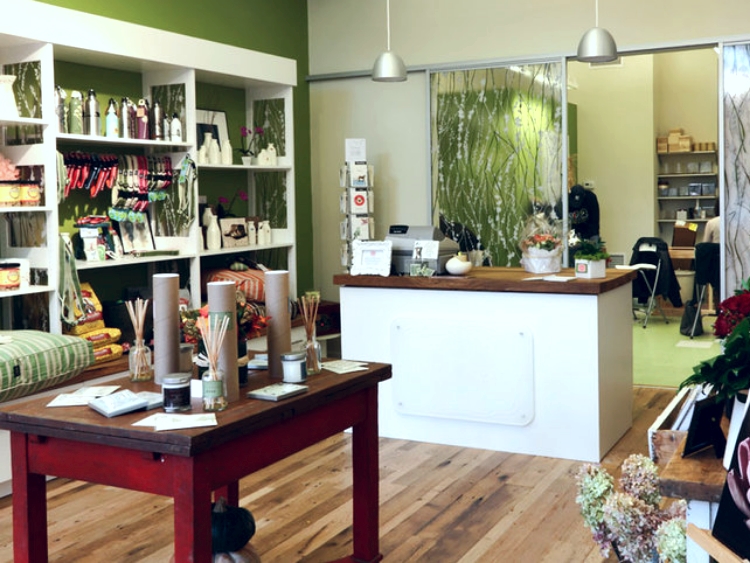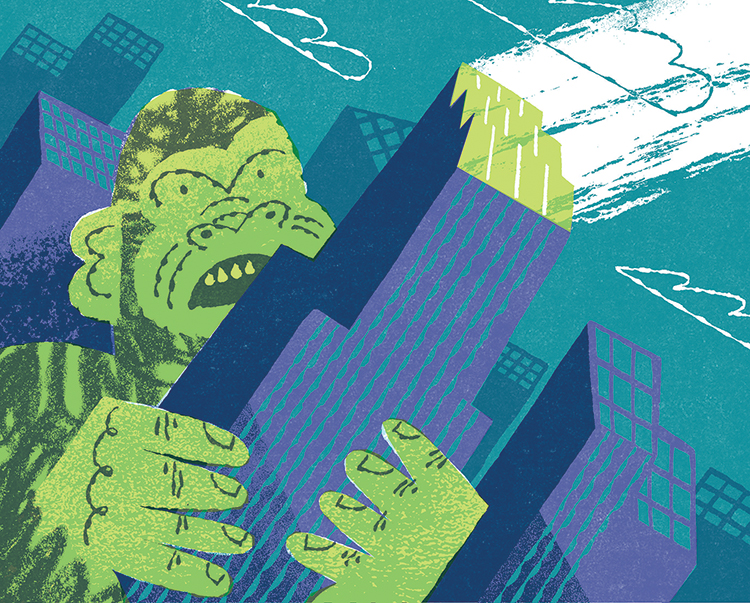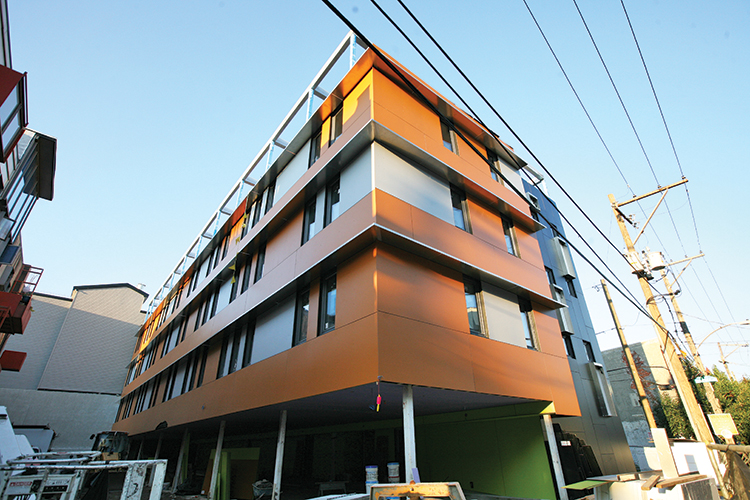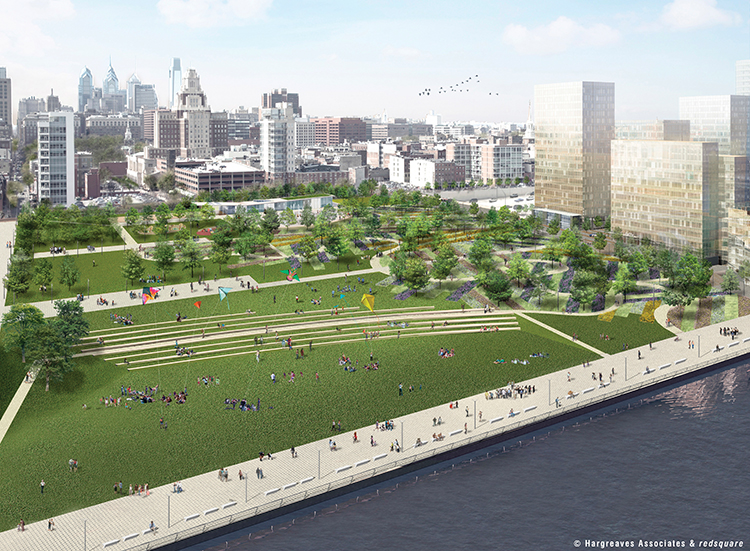Creatives, wealthy homeowners and anchor institutions in liberal cities need to do more to share the wealth
Interview by Heather Shayne Blakeslee
Richard Florida’s 2002 book, “The Rise of the Creative Class,” chronicled how cities could redevelop their cores by attracting knowledge workers—a rising tide that would lift all boats. But instead of gains trickling down to blue collar and service sector workers, rising housing costs only deepened inequality. “The New Urban Crisis” looks at a decade’s worth of global data to provide a roadmap for cities like Philadelphia that stand on the precipice of either deepening or demolishing structural inequality.
What was the main premise behind “The Rise of the Creative Class”?
RF: Throughout most of my life, people were moving from the cities to the suburbs. I grew up in Newark, New Jersey, so the city was—even more so than Philadelphia—most commensurate with white flight, the industrialization decline and decay. Beginning in the 1990s, we could begin to see… that there was a group of people, who mainly work with their minds, professionals in management, in business, education and law, high-tech people who were coming back to cities—and of course the artists, musicians, designers—that was about a third of the workforce. And the rise of this group of people, from less than 10 percent of the workforce before 1950 to more than a third of the workforce, was creating a new way of living, a new way of working and a new kind of demand for cities.
People ask me, “Well, what did you get wrong?” and I would say what I got wrong is that I really underpredicted the extent and vigor of the urban revival. Philadelphia is the best case of this in the world. From 2000 to now is when the urban revival picks up real vigor, and it really has been astounding—both for good and bad.
What should a city like Philadelphia be wary of as it hatches further plans for development?
RF: Look, Philadelphia isn’t in the straits of New York or LA or San Francisco, but… it has a rising level of inequality, it has a rising level of economic and social segregation, and it’s becoming less affordable. What I said to the leadership of your city is, “You gotta come to grips with this now, and you’re lucky because you’ve seen the warning signs of New York and San Francisco and London and LA and Washington, D.C., and Boston. But boy, oh, boy, you’ve gotta be very proactive.”
Because you’re the place people are coming to now, right?: “New York’s a wonderful place, but I can’t have the life I want there.” Philadelphia’s close, you have this gift of location, gift of great airport, gift of history, gift of train connectivity. … You are a place people want to be.
You’re going to have to build more housing, for sure, to renovate more housing, but that’s not enough. You’re going to have to double down and build affordable housing. And then, of course, you have good transit, but really investing in upgrading that transit. If we’re going to build a new middle class that can afford things, we’ve got to make these bad service jobs better—family supporting jobs. We did it with manufacturing work 100 years ago; we now can do it today with these jobs.
You write that it’s really landlords and wealthy homeowners, not corporations, that are accruing the most economic benefit in our cities, and you recast NIMBY homeowners as “the new urban Luddites.”
RF: The “new urban crisis” is really the fundamental crisis of our time because the same force that drives our innovation and progress, of greater tolerance and greater civilization—all the good things—economic and social progress, this clustering of people and talent and knowledge and all sorts of diversity in cities. … That’s the same thing that carves the deep divides in our society and separates us.
The most advantaged of us—the most advantaged companies, the most advantaged people, the wealthiest people—can buy into these locations; others get shoved to the side. There’s only so much land to go around. So, what happens, then, is that these wealthy landowners, real estate people, but also homeowners, want to protect that asset. So what do they do? Instead of acting in the interest of the city or society, they say, “No, no no, I don’t want a new condominium tower in my neighborhood. I don’t want more development. I want to protect my pristine, historical, lovely neighborhood.” That’s why I call them the new urban Luddites: It not only makes housing less affordable, it holds back the very economic and social progress that makes cities great.
We can add density by doing infill development, we can add density on top, we don’t have to knock down historic buildings, we don’t have to go up 50 stories; we can add four stories on top, we can set it back. … I think it’s not about deregulating land use and getting rid of this stuff and building just big towers. It’s about building great neighborhoods with more density, and there’s a lot of room to do that.
Many people in Philadelphia live in deep poverty, and they are essentially trapped in their own neighborhoods.
RF: Through all the neighborhoods surrounding the campus area in West Philadelphia, you see it. You see a knowledge-based district that’s been renovated, and then you see—like in many cities—poverty that looks like third-world conditions. The disturbing and the liberating part of this is, for most of my life we thought the federal government would swoop in and solve this problem, whether that was President Clinton or President Obama—or President Clinton, again. With the rise of Donald Trump and this conservative swing, I think the message has come through: No one at the federal government is going to solve this.
We’re going to have to solve it the same way we rebuilt Philadelphia—we did it locally. The federal government didn’t rebuild Philadelphia. Neighborhood groups did it, community groups, university leaders. But it needs a real commitment. Dealing with this concentrated poverty means a full-bore strategy for better education, better skill development and, I think most importantly, better connection to economic opportunities in the service sector.
It’s about giving people living-wage work.
RF: One of the things that really worries me is that urbanists have not thought enough about how the key to really making an inclusive city is to make better work for the half of us—think about that: the half of Philadelphians who toil in these low-wage, precarious service jobs… disproportionately women, disproportionately Hispanic, Latino and African-American. It’s just tragic.
I was reminded at a panel by Angel Rodriguez, formerly of Asociación Puertorriqueños en Marcha, that the median incomes in the neighborhood they work in are $5,000 to $15,000 a year.
RF: The creative class really has to grow up and say, “Look, we’re going to pay more. We are going to pay the people we get our food from more. We’re going to pay more for that food so that they make more. We’re going to pay more if we want to have personal service, or someone to come in to keep our homes… We’re going to make sure that people have a family-supporting living wage.” I think the burden there is on this creative class to say, “We don’t want to run the service class into the ground, and we can share, in a way, by paying higher prices.” I think it could be a movement which is like “Made in USA”: The people who work in [a] company are being paid decently, and that’s why I buy that product.
In Philadelphia, you’ve had these great anchor institutions that have driven your urban turnaround: universities, hospitals, real estate developers, and you can even consider high-tech companies like Amazon or Google to be anchor institutions. I think they have to belly-up to this, too. Our universities pay their professors great, but their service workers are often non
unionized and make minimum wage. Some universities provide affordable housing, or Stanford University provides mortgage subsidies to their professors. Their service workers, who live who knows where, commute up to an hour each way.
When we invite companies to come to our cities and provide them with tax abatements, why not reinforce this and say, “It’s not only about paying your high-tech workers a great wage and bringing creative-class work; it’s about creating good jobs for service workers, and we’re going to make you part of that. You’ll be part of our inclusionary prosperity.”
If real estate developers are going to start to develop in our cities, some people are saying they’re going to have affordable housing, but what about making sure they select retail anchor tenants in their buildings [who] pay workers well? And that can be an offset for greater density. I think there are a lot of ways to think about involving anchor institutions in more inclusive prosperity.
Do you think Philadelphia has an opportunity that other cities don’t?
RF: I think Philadelphia’s going to be a case study in how to do this. … You mentioned urban schools that are still quite problematic, the legacy of poverty and disadvantage that is very deep, a legacy of racial and economic segregation that remains. Those are deep problems, but I do think Philadelphia is going to make it. If we look to 2030 or 2035, I think Philadelphia should look like a place that’s more inclusive and more democratic and more community based. I really do.











